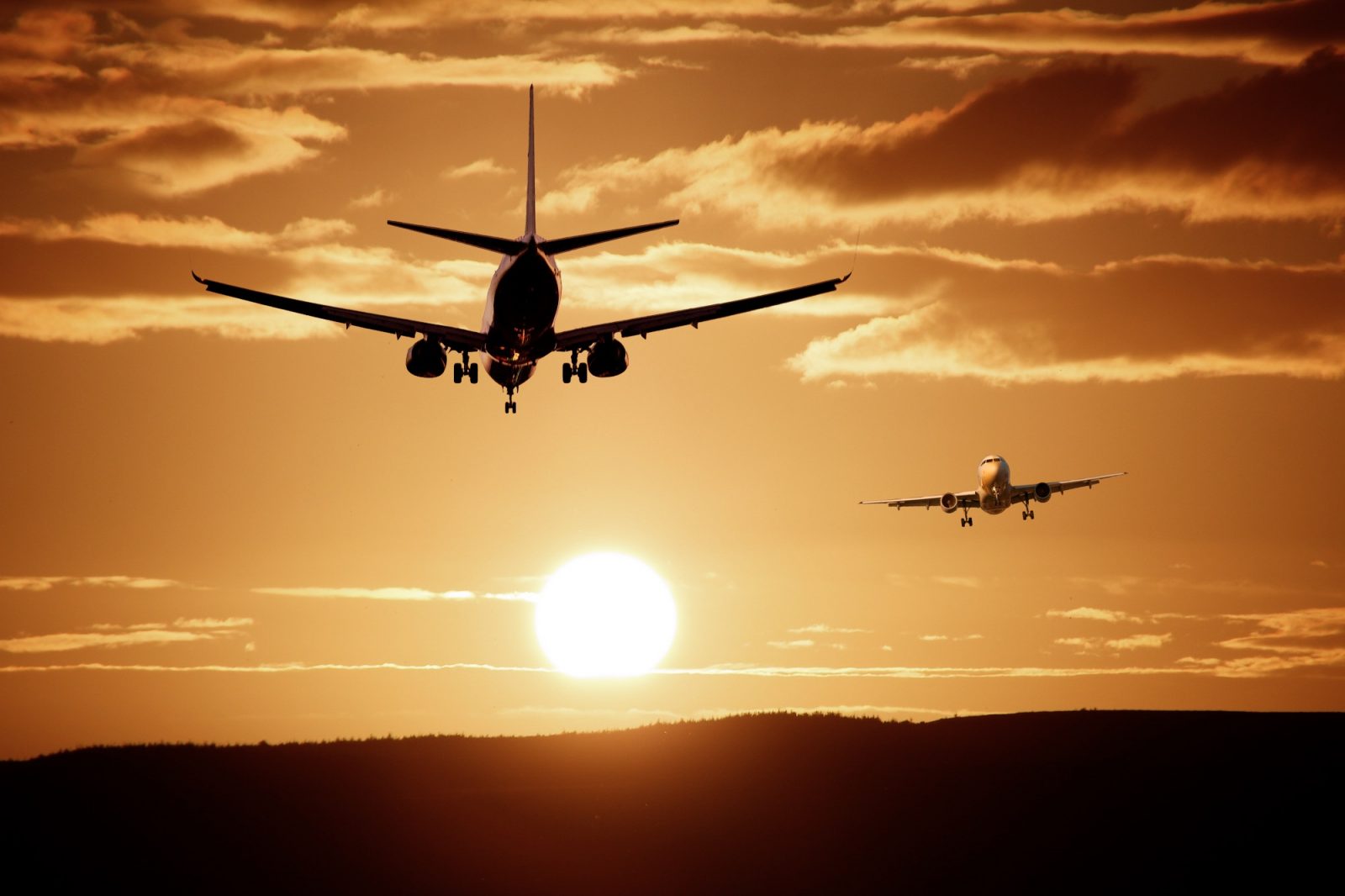
It can’t be easy for international airlines at the moment. Sliding revenues and increased competition have battered the top global carriers – and there doesn’t seem to be any let-up in sight. But here’s some very welcome, good news from the International Air Transport Association (IATA). Air travel in 2016 was safer than ever.
Released today, the latest IATA airline safety performance report will be sure to calm even the most frayed of nervous air passenger nerves. Here are the headline figures:
- The overall accident rate dropped to 1.61 incidents per 1 million flights. That’s down from 1.79 in 2015.
- There were 10 fatal accidents over the course of the year. A significant drop from the 5 year average of 13 fatal accidents per year.
- The number of fatalities was also fell by 103 to 268 deaths in 2016. Down from the 5 year average of 371 deaths per year.

However, the report wasn’t all good news. When IATA looked at the accident rate for “major jet accidents” – those are the ones resulting in a total loss of the aircraft – the global incident rate was 0.39 per 1 million flights.
That’s an incredibly small number but it’s not nearly as good as the 2015 rate of 0.32 or even the 5-year average rate which stands at 0.36 accidents per 1 million flights.
“Last year some 3.8 billion travellers flew safely on 40.4 million flights. The number of total accidents, fatal accidents and fatalities all declined versus the five-year average, showing that aviation continues to become safer,” said Alexandre de Juniac, IATA’s Director General.
He continued: “flying is still the safest form of long distance travel. And safety remains the top priority of all involved in aviation. The goal is for every flight to depart and arrive without incident. And every accident redoubles our efforts to achieve that,”
There were, of course, some notable air accidents that made headlines around the world last year. Pilot error, faulty aircraft and even terrorism were major factors in the worst air accidents of the year.
In March, all 55 passengers and seven crew were killed when flydubai flight FZ981 crash-landed as it attempted to land at Rostov-on-Don airport in Russia. That crash has been attributed to bad weather and pilot error.
Then in May, an EgyptAir A320 jet crashed during an overnight flight from Paris to Cairo, killing all 66 people onboard. Aircraft wreckage was later found in the eastern Mediterranean Sea. Investigators have said that traces of explosives were discovered on the body parts of some victims.
On August 3rd, Emirates flight EK521 crashed as it attempted to land at Dubai International Airport. Although the plane was completely destroyed, miraculously only one person died as a result of the accident.
Another accident of note was Pakistan International Airlines flight PK661 that crashed en route from Chitral to Islamabad on 7th December 2016. In that incident, all 47 people onboard died when the twin-turboprop aircraft crashed into the side of a hill.
Mateusz Maszczynski honed his skills as an international flight attendant at the most prominent airline in the Middle East and has been flying ever since... most recently for a well known European airline. Matt is passionate about the aviation industry and has become an expert in passenger experience and human-centric stories. Always keeping an ear close to the ground, Matt's industry insights, analysis and news coverage is frequently relied upon by some of the biggest names in journalism.








You also forgot to mention LaMia flight 2933 that crashed on approach to Medellín in Colombia after running out of fuel. It killed 71 out of 77 people on board, including most members of the Brazilian Chapecoense football team.
Hi Andrew,
Thank you for the heads up. I deliberately didn’t mention every accident for fear of missing any! Its good to have this extra info.